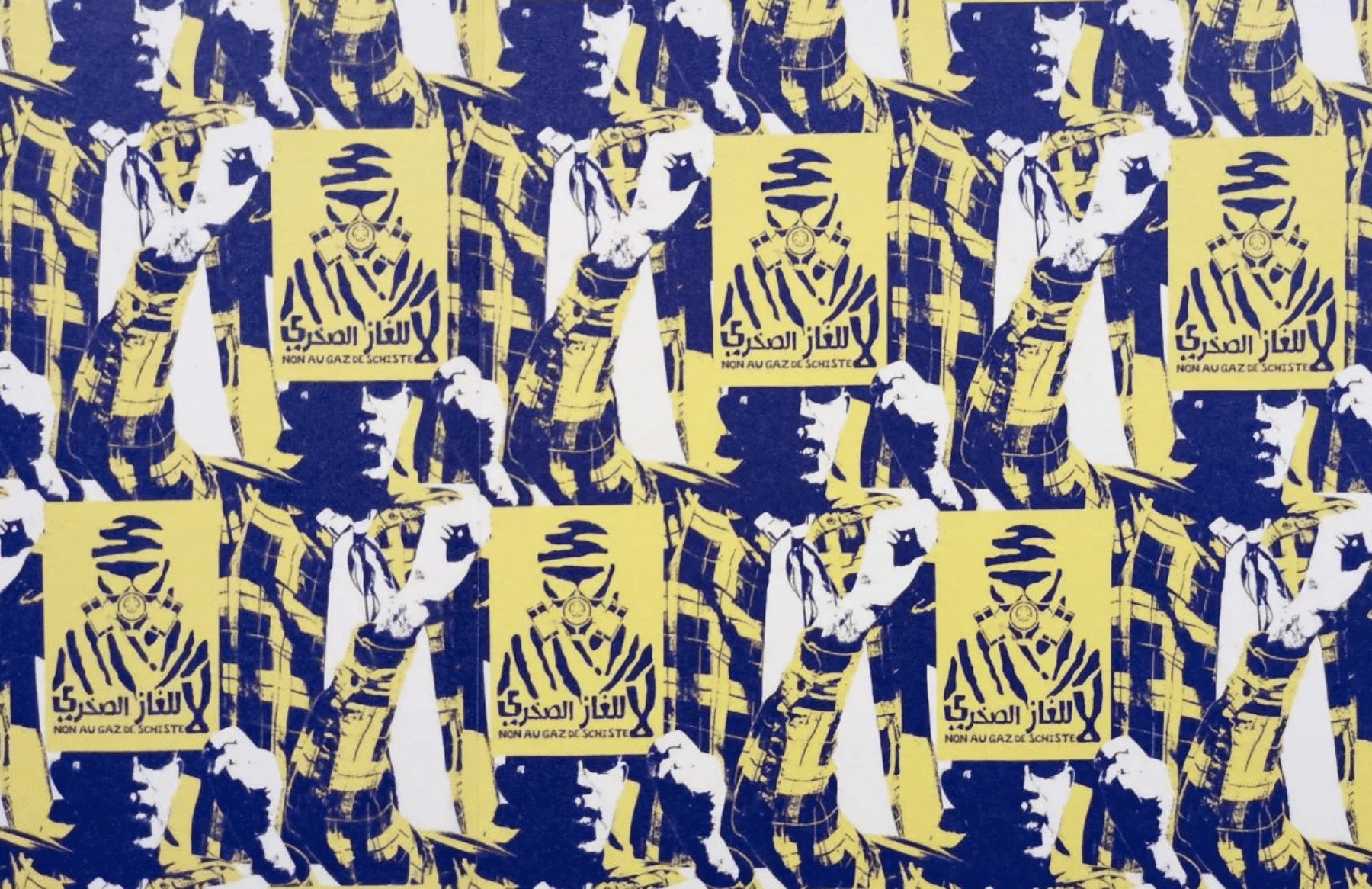Mourad Krinah (born Algiers, 1976) studied biology at the University of Bab Ezzouar in Algiers, then dropped out when he passed the entrance exam for the École des Beaux-Arts of Algiers. He studied there from 1999 to 2006. In 2008, he co-founded the Box24, an exhibition space and artist residency in downtown Algiers that was instrumental in organizing three large-scale exhibitions of contemporary art, Picturie générale in 2013 at Artissimo, in 2014 at La Baignoire, and in 2016 at Volta. Krinah’s work has been shown at Triangle-Astérides in Marseille (2021), the Wallach Art Gallery in New York (2019), the Triennial of Design in Milan (2018), Museum of Modern and Contemporary Art in Algiers (2017), the 4th Mediterranean Biennale of Contemporary Art in Oran, Algeria (2017), the Museum of African Design in Johannesburg (2016), la Friche la Belle de Mai in Marseille (2015), and the Dakar Biennial (2014), among others. He lives and works in Algiers.
Natasha Marie Llorens is a Franco-American curator and writer based in Stockholm, where she the professor of art and theory at the Royal Institute of Art. Recent curatorial projects include "From what will we reassemble ourselves," a group exhibition on the representation of genocide co-curated with Anna Dasović at Framer Framed in Amsterdam and "En Attendant Omar Gatlato," a survey of contemporary art from Algeria and its diaspora at Triangle France / Astérides in Marseille. Llorens is a regular contributor to Art Agenda, and she writes more broadly about North African and Middle Eastern contemporary art and film, feminist and queer politics in art, philosophies of violence, decolonial curatorial practice, and the work of her long-term collaborators. A graduate of the MA program at the Center for Curatorial Studies at Bard, Llorens received a Ph.D. in art history from Columbia University in 2021. Her academic research is focused on five experimental films from Algeria produced between 1965 and 1979.




